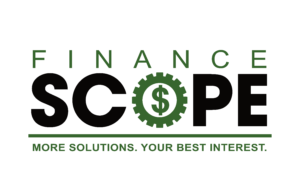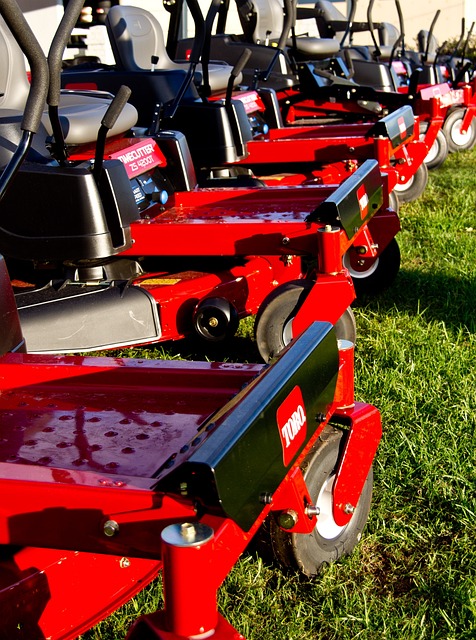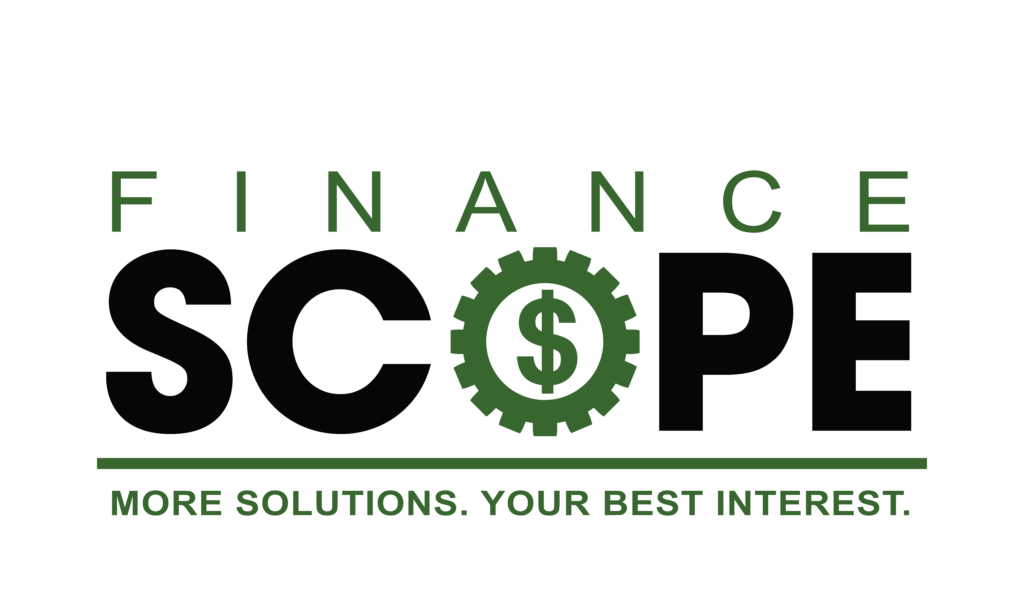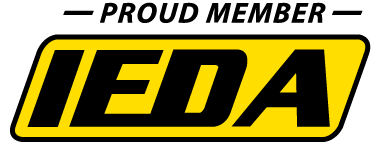
Interest rates matter and that’s why we do everything in our power at Finance Scope to offer competitive rates to equipment buyers. However, interest rates should not be the only consideration. If opportunities present themselves for buying equipment that helps generate a positive return on investment, don’t let these interest rates be the entire basis of your decision. The industry is seeing more normal dealer inventory levels and more reasonable equipment prices. This presents a more favorable supply and demand equation for equipment buyers. Combine this with the implications of added capacity or technology, it may be a good time to invest in your next equipment purchase. So how do you know? Let’s assess the opportunity to add or upgrade equipment by measuring the return on investment.
Measuring return on investment for equipment purchases
Measuring return on investment (ROI) for equipment purchases involves evaluating the financial benefits gained from the investment relative to the cost of acquiring and maintaining the equipment. Here are the key steps to measure ROI in equipment purchases:
Step 1 – Determine Initial Investment
Calculate the total cost of acquiring the equipment, including the purchase price, taxes, delivery charges, installation costs, and any additional expenses directly associated with the acquisition.
Step 2 – Determine Financing Terms
Understand the specific terms of the equipment financing, including the interest rate, loan duration, and any associated fees or charges.
Step 3 – Calculate Total Interest Paid
The simplest way to calculate the interest for each year of a loan is to utilize a finance calculator that has an amortization schedule. Finance Scope has a user-friendly finance calculator available as a resource.
Step 4 – Determine Equipment Life Span
Estimate the expected useful life of the equipment in terms of years. This can be based on your experience, industry standards, or historical data.
Step 5 – Identify Annual Cash Inflows
Estimate the additional revenue or cost savings generated by the equipment over its useful life. Consider factors such as increased production capacity, reduced labor costs, improved efficiency, higher quality output, or expanded service offerings. Quantify these benefits in terms of annual cash inflows.
Step 6 – Account for Operating Costs
Subtract the annual operating costs associated with the equipment, including maintenance, repairs, insurance, energy consumption, and any other expenses required to keep the equipment in good working condition.
Step 7 – Include Interest in Cash Flow Analysis
Adjust the annual cash flows by subtracting the annual interest expense. This adjustment reflects the impact of interest costs on the net cash flows attributable to the equipment. The adjusted net cash flows should account for both the revenue or cost savings generated by the equipment and the interest expense associated with financing.
Step 8 – Calculate Net Present Value (NPV)
Apply the discounted cash flow analysis method to calculate the net present value of the adjusted cash flows. Discount the cash flows, including the interest expense, using an appropriate discount rate that reflects the cost of borrowing or the company’s required rate of return.
Step 9 – Calculate ROI
Use the following formula to calculate the ROI, considering the net present value of the adjusted cash flows:
ROI = (Net Present Value of Adjusted Cash Flows – Initial Investment) / Initial Investment * 100
The net present value of adjusted cash flows is the sum of the present value of cash inflows (revenue or cost savings) and the present value of cash outflows (including the initial investment and total interest paid).
It’s important to run this exercise to compare your current equipment versus the value gleaned from making an upgrade or even to compare two different options that come at different costs and benefits. It’s also important to note that ROI is just one metric for evaluating equipment purchases. Depending on the specific goals and circumstances of the business, other financial metrics like payback period, internal rate of return (IRR), or profitability index may also be considered.
Additionally, qualitative factors such as improved customer satisfaction, enhanced safety, or compliance with regulations should be considered alongside the financial analysis to provide a comprehensive assessment of the investment’s impact on the business.
Step 10 – Contact Finance Scope To Maximize ROI
When the time is right for you and your operation to update, please consider Finance Scope. We are focused on helping you maximize your return on investment. Experience the difference that Finance Scope can make by contacting our team at 877-687-1444, by emailing us at [email protected], or by scheduling a time with one of our team members to learn more about our finance solutions. We want to be your trusted partner in equipment financing and help you maximize your ROI.





